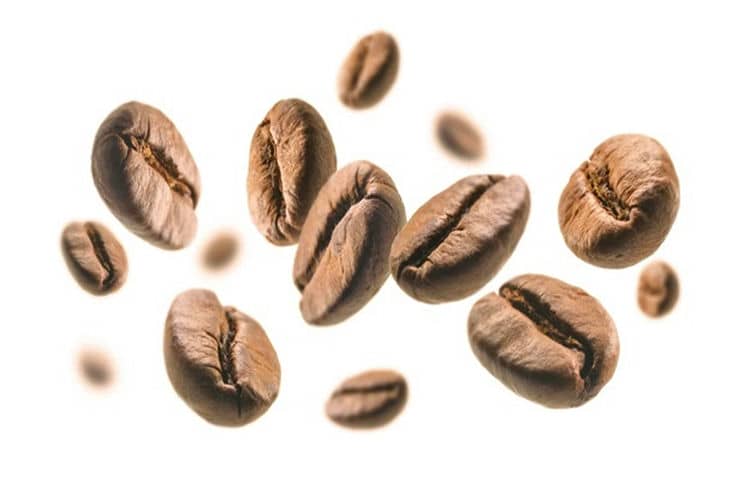Coffee is one of the most popular beverages in the world, enjoyed by millions of people every day. The taste, aroma, and flavour of coffee depend on various factors, including the quality of the coffee beans, the brewing method, and the roasting process.

While most coffee lovers are aware of the importance of selecting high-quality beans, many are unaware of the crucial role that roasting plays in coffee bean quality. Roasting is a complex process that involves heating coffee bean to a specific temperature and duration to achieve the desired flavour and aroma. Many factors, including the roast level, roasting time, and temperature, influence the final product’s taste and quality.
Table of Contents
Development of Flavor and Aroma
Roasting coffee beans is essential for the development of the unique flavour and aroma of coffee. Green coffee beans are taste-neutral and have an aroma, yet when they are roasted, they foster hundreds of various chemical compounds that give coffee its unique flavour and aroma. The Maillard reaction that occurs during the roasting process creates caramel, chocolate, and nutty flavours, among others. Roasting also develops the coffee’s acidity and body, which are basic components of its taste.
Determines Roast Level
Roasting coffee beans determines the roast level, which significantly impacts the flavour profile of the coffee. Each roast level has a distinct flavour profile, and coffee roasters must choose the appropriate roast level based on the type of beans and desired flavour profile. Light roasts are typically used for pour-over or drip coffee, while dark roasts are popular for espresso-based drinks.
Consistency in Quality
The uniformity of the coffee’s quality is ensured by roasting the beans. As a natural product, coffee beans can have a variety of flavours and aromas based on their growing environment, including the soil, climate, and altitude. Yet by roasting the beans, coffee roasters are able to regulate the final flavour and aroma of the coffee, guaranteeing that every batch will have the same flavour and perfume.
Preservation of Freshness
Roasting coffee beans is essential for preserving the freshness of the coffee. Green coffee beans can last for several years if stored correctly, but once they are roasted, they begin to lose their freshness and flavour. Coffee beans that are roasted and packaged soon after roasting have a higher quality and fresher taste than beans that have been sitting on a shelf for several months.

Customization of Flavor
Roasting coffee beans allows for the customization of the flavour profile of the coffee. Coffee roasters can manipulate the roast level, time, and temperature to create unique flavour profiles that cater to different taste preferences. For example, a light roast may have floral and fruity notes, while a medium roast may have chocolate and nutty flavours. Coffee roasters can experiment with different roast profiles to create customized blends that cater to their customers’ taste preferences.
Factors to Consider when Roasting Coffee Bean
Roasting is a complex process that requires careful attention to various factors. With so many variables at play, it’s important for coffee roasters to have a solid understanding of the factors that can affect the end result. Some factors include:
- Roasting temperature
- Roasting time
- Bean origin
- Roasting equipment
- Cooling process
- Storage






